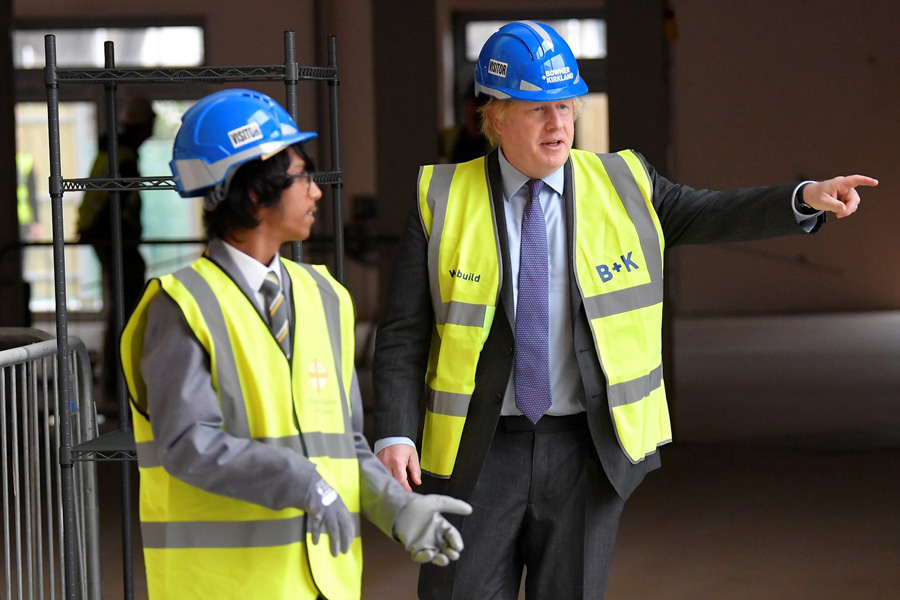New research has revealed how much CEOs earn compared to their colleagues – and the results aren’t pretty.
 This year, for the first time, UK listed companies are required to publish ‘pay ratio’ data in their annual reports. This must show the total earnings of the company’s CEO compared to the individuals at the upper, median and lower quartiles of the pay distribution of their UK employees.
This year, for the first time, UK listed companies are required to publish ‘pay ratio’ data in their annual reports. This must show the total earnings of the company’s CEO compared to the individuals at the upper, median and lower quartiles of the pay distribution of their UK employees.
The figures are of considerable value to the debate about economic inequality in the UK. Rather than relying on abstract economy-wide data showing income shares and levels, we can now look specifically at some of the biggest employers in the country, understand the scale of inequality they contain, make intra-sector comparisons, and propose revisions to the balance between high and low earners.
At the High Pay Centre, we have analysed the very first compulsory pay ratio disclosures from 107 FTSE 350 companies’ annual reports that were published between 1 January and 30 April this year.
We found that the median gap between the CEO and the lower quartile threshold of the pay distribution was 78:1 for all companies in the sample, while for the larger FTSE 100 companies it was 109:1. This means that these CEOs are making more money in under four days than a quarter of their colleagues will earn in an entire year.
The research also shows that relatively minor redistributions from the upper quarter of earners to the lower would make a significant difference to the earnings of the latter group.
For example, a 3% redistribution of the pay of those earning above the upper quartile threshold at each company could fund a median pay rise of £2,000 for each employee earning below the lower quartile threshold. This would represent a median 7% increase for the low earners and would leave the median upper quartile threshold at over £62,000 – enough to put the recipient comfortably in the top 10% of UK earners.
The pay ratio data isn’t perfect. The disclosures only cover the pay of direct employees. This means that workers in franchised petrol stations or takeaway outlets; self-employed builders working on construction sites for major developers; or outsourced catering, facilities management or administrative jobs at leading financial services institutions aren’t counted. As these roles tend to be lower-paid, it means the ratios are much narrower than would be the case if they included company’s entire workforce as commonly understood.
Nonetheless, the insights they provide are particularly timely at a moment when resources – both across the UK economy as a whole and across individual employers – are likely to be much tighter than expected. After over a decade of pay stagnation, raising wages for low and middle-income workers is a vital political priority. Yet even before the coronavirus struck, the UK had endured its worst decade for economic growth since the Second World War, while the environmental crisis means we must be much more thoughtful about whether different types of economic growth are desirable at all.
In this context, sharing what we already have more evenly becomes increasingly critical to raising standards of living. Boris Johnson’s speech in Dudley on 30 June declared that he doesn’t believe in tearing people down – he believes in building people up. But if substantial increases to low and middle earnings could be achieved without at least some contribution from the rich, somebody would probably have done it at some point over the past decade, and governing the country would be a much easier task.
The truth is that measures that can turn the hypothetical redistributions identified in our research into reality are integral to hopes that we can ‘build back better’ in the aftermath of the pandemic. Specific policies could include better workplace access for trade unions; business governance reforms to give workers more say in corporate decision making; and much wider provision of all-employee share ownership or profit-sharing schemes.
But as a first step, just some recognition of the need to achieve a fairer division of existing wealth would be reassuring. Diverting money currently accruing to top earners into the pay packets of those who need it more should be an important economic policy objective for the UK. Now that pay ratio disclosures are part of the corporate reporting system, they can be a reliable yardstick of our success.
Luke Hildyard is Executive Director of the High Pay Centre
This blog post originally appeared on Open Democracy.